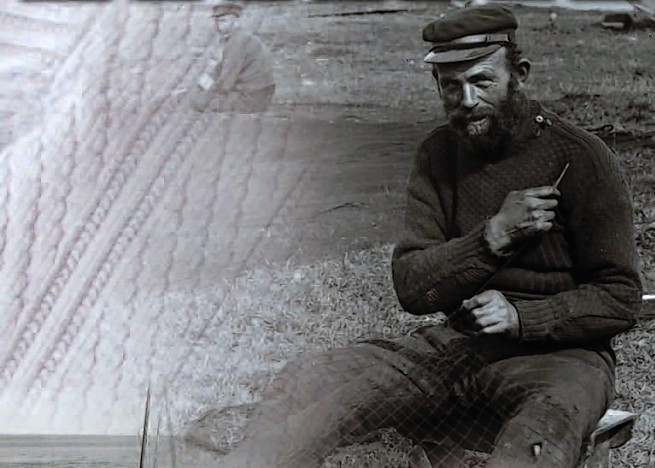Against the freezing cold winds and pouring rain of the raging North Sea, the fishermen of the north-east’s maritime past relied on their tight woollen jumpers to keep them warm through a harsh night’s fishing.
Now these traditional jumpers are to be celebrated in a new exhibition at the Aberdeen Maritime Museum.
The jumpers, named ganseys or genzies, were traditionally worn by fishermen and seamen all along the north-east coast, and featured a huge variety of patterns to signify where the wearer came from.
Tightly woven and seamless, the jumpers provided protection and warmth at sea for the fishermen who worked in the industry that many of the north east’s coastal towns were built on.
Financed by the Heritage Lottery Fund and the Scottish Government, more than 50 authentic ganseys will be on display at the Maritime Museum, as well as information about the heritage and stories behind the traditional jumpers.
The project was organised by the Moray Firth Partnership (MFP), who gathered information and ganseys for the exhibition.
Partnership manager Kathryn Logan said: ” The gamseys themselves were a special work garment that were tightly knitted without seems by highly skilful women.
“A single jumper would take between 100 and 200 hours to make, which is why they wouldn’t be commercially viable nowadays.
“They weren’t particularly waterproof or windproof, but they did the job of keeping the men warm.
“They would have intricate designs and patterns such as herrings nets, anchors, ropes, and diamonds, and could even show if a fisherman was married or not.
“Although we haven’t been able to prove if different patterns displayed the exact town or village these fishermen were from, we have noticed common patterns in certain areas.
“For example ganseys from around the Fraserburgh area would have a lot of patterns repeated all down the body, but down south the patterns would stop at the midriff.
“The other reason for the exhibition is to try and keep these traditional skills alive and pass them on to future generations, we’ve been showing schoolkids the gamseys and telling them stories about how they were made and the people that wore them.
“Modern fishing boats are a luxury hotel compared to the situations that the old fishermen had to bear.”
The free exhibition will begin at the museum tomorrow and run until February 28 next year.
